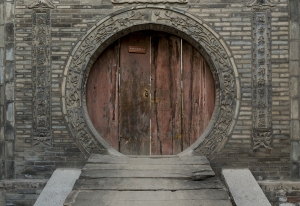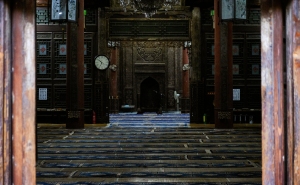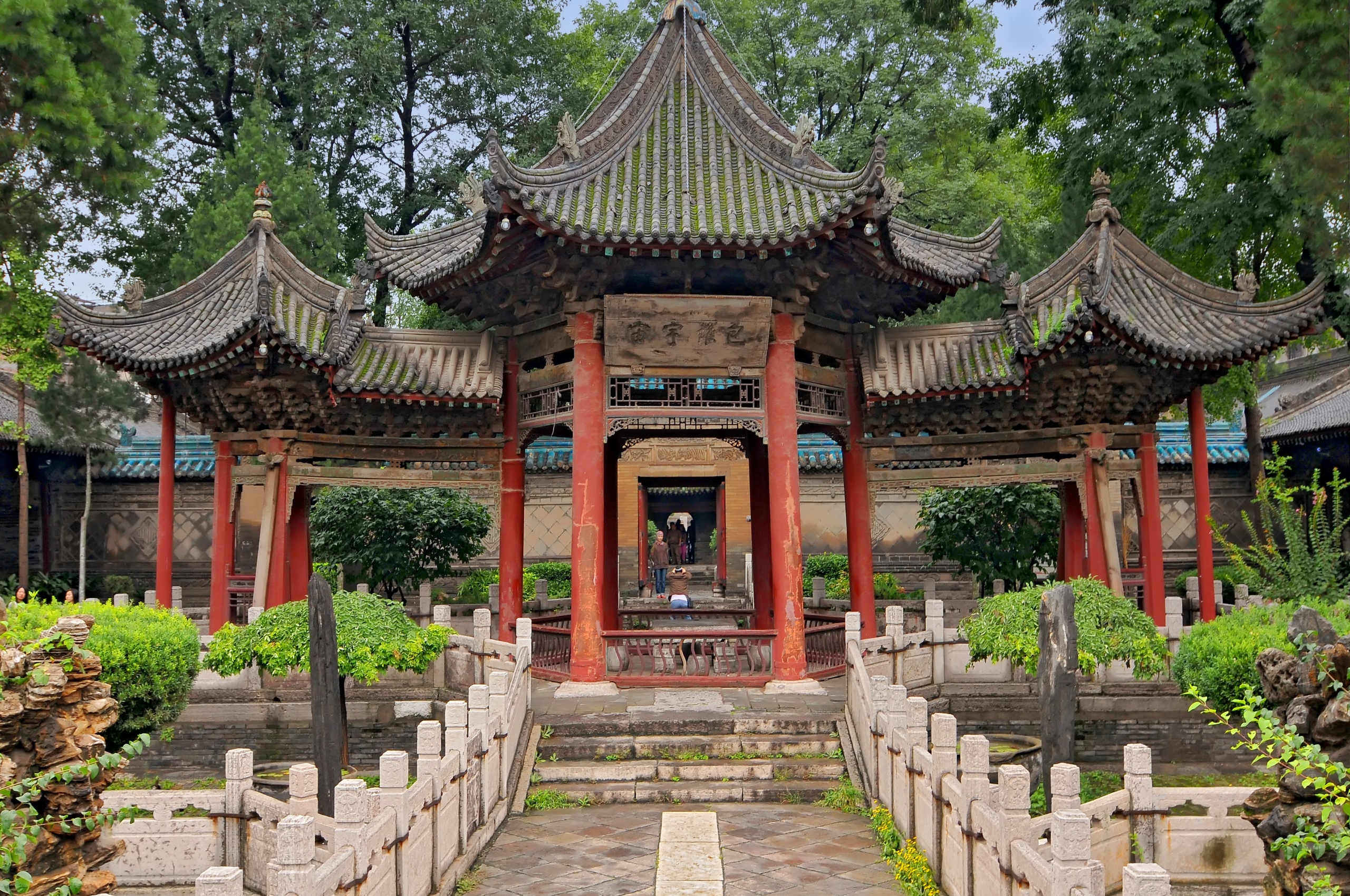In the heart of Xi’an, where the ancient Silk Road once pulsed with the movement of merchants, scholars, and travelers, stands one of China’s most remarkable religious landmarks: the Great Mosque of Xi’an. This mosque, a masterpiece of Sino-Islamic architecture, is one of the oldest and best-preserved mosques in China, reflecting the long history of Islam in East Asia.
Unlike the domes and minarets typical of Islamic religious structures, the Great Mosque is built in the style of a traditional Chinese temple, seamlessly blending two distinct cultural traditions into a singular architectural expression.
Islam Arrives in China
Islam reached China in the 7th century CE, during the Tang dynasty, primarily through Arab and Persian traders traveling along the Silk Road. The first recorded contact between China and the Islamic world occurred around 651 CE, when the third caliph, Uthman ibn Affan, sent an envoy to the Tang imperial court. Over time, Muslim communities settled in key trade centers, including Xi’an—then known as Chang’an, the capital of the Tang dynasty and one of the largest cities in the world.
Under the Yuan dynasty (1271–1368), founded by the Mongols, Islam flourished further as Muslims from Central Asia were brought into China as administrators, artisans, and military officers. The Hui people, a predominantly Chinese-speaking Muslim ethnic group, emerged from this cultural exchange, integrating Islamic traditions with Chinese identity.

A Mosque Unlike Any Other
The Great Mosque of Xi’an dates back to 742 CE, during the Tang dynasty, though much of its present structure was built in later centuries, particularly under the Ming dynasty (1368–1644). Unlike mosques in the Middle East or Central Asia, the Great Mosque does not feature domes or towering minarets. Instead, it follows classical Chinese architectural principles, with wooden pavilions, sweeping tiled roofs, and enclosed courtyards that resemble Buddhist and Confucian temple layouts.
Over the centuries, the mosque has been expanded and restored numerous times, particularly during the Ming and Qing dynasties. Today, it stands as a living testament to the enduring presence of Islam in China and the deep historical connections between China and the Muslim world.
A Fusion of Two Traditions

The Great Mosque of Xi’an is a striking fusion of Islamic religious function and Chinese architectural aesthetics. The complex covers an area of over 12,000 square meters and is arranged along a central axis, similar to a traditional Chinese palace or temple. Visitors pass through a series of courtyards, each adorned with intricate stone carvings, wooden inscriptions, and calligraphy in both Arabic and Chinese.
One of the most distinctive features is the Prayer Hall, the only structure in the complex that follows Islamic spatial requirements. Though it has the outward appearance of a Chinese temple, inside it faces westward toward Mecca, in accordance with Islamic tradition. The hall can accommodate up to 1,000 worshippers and is adorned with Arabic inscriptions from the Qur’an, finely carved wooden panels, and traditional Chinese motifs, demonstrating the harmonious integration of the two cultures.
At the entrance to the mosque stands the Phoenix Pavilion, a striking multi-tiered structure that functions as a minaret in form but is designed in the style of a Chinese pagoda. Instead of calling the faithful to prayer through a loudspeaker, as in most Islamic cultures, the call to prayer is performed privately within the mosque.

A Symbol of Endurance
The Great Mosque of Xi’an is a powerful symbol of Islam’s deep roots in China and the centuries-long exchange between Chinese and Muslim civilizations. It reflects an era of profound religious tolerance, when different traditions coexisted and influenced one another. The mosque also stands as a reminder of the Silk Road’s vital role in connecting East Asia with the Islamic world, fostering trade, diplomacy, and intellectual exchange.
Today, the mosque remains an active center of worship for Xi’an’s Hui Muslim community while also attracting thousands of visitors—Muslim and non-Muslim alike—who come to appreciate its historical and architectural significance.
The Great Mosque of Xi’an is one of China’s most remarkable historical landmarks, embodying the centuries-old presence of Islam in East Asia. It serves as a testament to cultural adaptation, architectural fusion, and religious endurance. For travelers exploring Xi’an, the mosque offers not only a glimpse into China’s Islamic heritage but also a profound example of how different civilizations can merge their artistic and spiritual traditions to create something truly unique.





